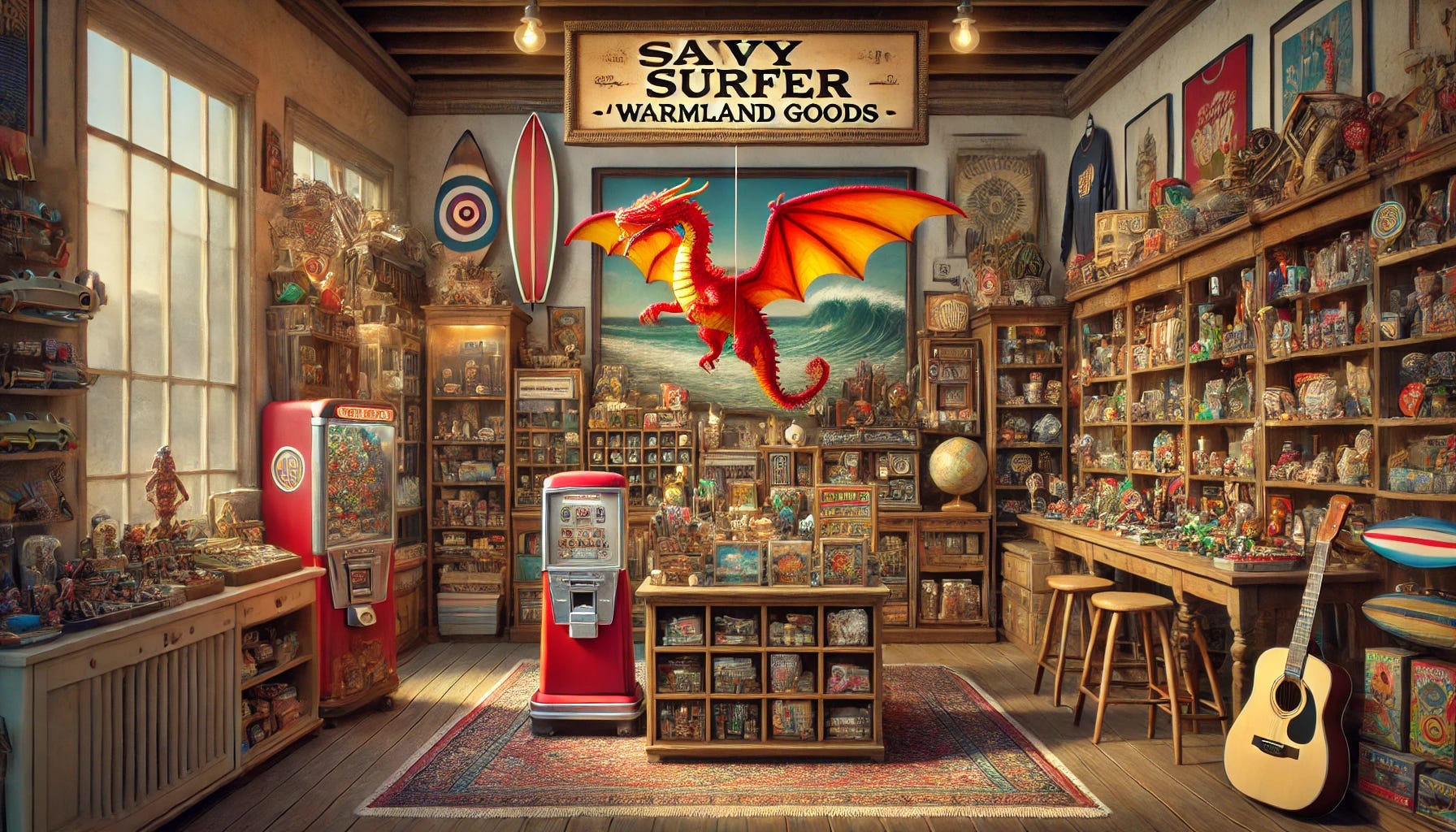Staple goods—food, clothing, housing, and fuel—are fundamental to survival. These essentials are sourced from across the world, traded across borders, and relied upon daily. Even as we age, our dependence on medical care grows, deepening our appreciation for the services that sustain us.
Yet, beyond necessities, we indulge in wants—collectibles, cars, fine art, decadent food, and luxuries. The prices of these non-essentials fluctuate wildly, as buyers shape the trends for what is desirable, rare, or worth owning.
Global trade is a massive marketplace, from local pick-ups to international shipping along modern trade routes. Every transaction follows the same fundamental process: an item is offered, discovered by a buyer, payment is finalized, and the seller delivers. Fortunes have been built within these merchant networks.
In 2024, consumers spent $1.25 trillion USD on goods through Walmart and Amazon. These retail giants revolutionized distribution by leveraging warehouses, delivery fleets, and logistics networks to bring products directly to customers.
During that same period, eBay and Alibaba facilitated over $140 billion USD in sales of new, used, and refurbished goods. These platforms connect a vast global network of buyers and sellers, though cross-border trade is often constrained by shipping costs, taxes, and import duties.
There is always someone who is hungry, without toys, or needing to replace junky or worn-out items with something in better condition. Yet, mountains of perfectly usable goods struggle to find new homes before they are lost, damaged, or discarded. I want to know why—and whether certain products are worth saving if handled the right way.
Sure, shipping, taxes, and duties are considerable hurdles, beyond the initial work of gathering, refurbishing, or producing goods. Then there’s the challenge of storing and listing them in one or more marketplaces. For items that spoil or are fragile, logistics must be precise—guessing is a costly game.
The best way forward is to test, not assume which goods are actually ‘worth it’ once all real-world costs are considered. Let’s assume that any venture worth pursuing must, at a minimum, cover wages for those involved—soon to be $17.85 per hour in British Columbia.
If one could determine the earnings per hour when selling specific products, they could, by extension, calculate which strategies provide a livable wage. Done consistently well, this approach allows for conscious decisions that not only generate profit but also address inequalities.
Profit, in itself, is not an inherently selfish motive. It is the foundation of sustainability—connecting people with what they need. The problem only arises when profit is extracted through exploitation or directed purely toward personal greed.
Currently, we operate an online store for direct sales, which requires active self-promotion and is best suited for remote transactions. Our eBay store, on the other hand, provides access to a vast buyer base—so long as we stock inventory that aligns with demand.
Through these channels, we’ve sold replacement refrigerator parts, surplus safety equipment, liquidated linens, and donated electronics. What we’re learning is that sentimental items, collectibles, and certain heavy but practical goods tend to sell best in local markets.
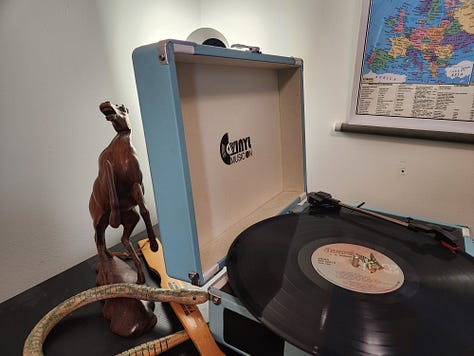

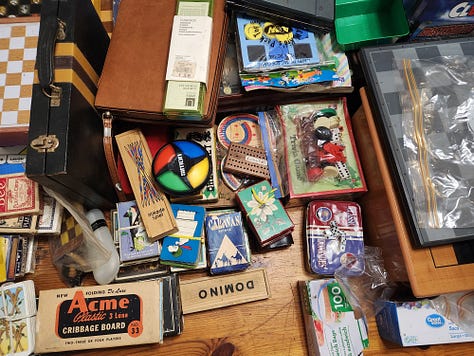
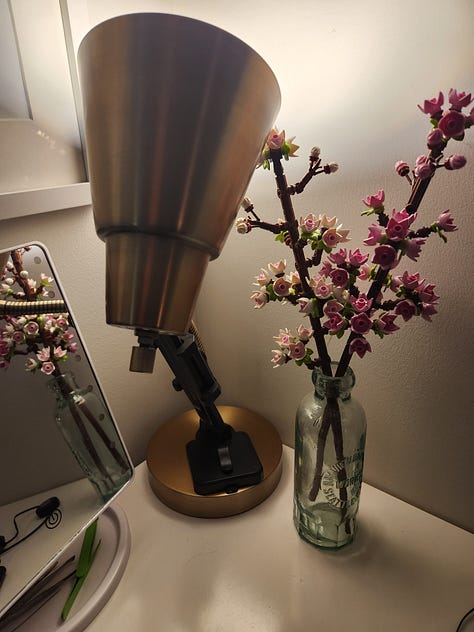
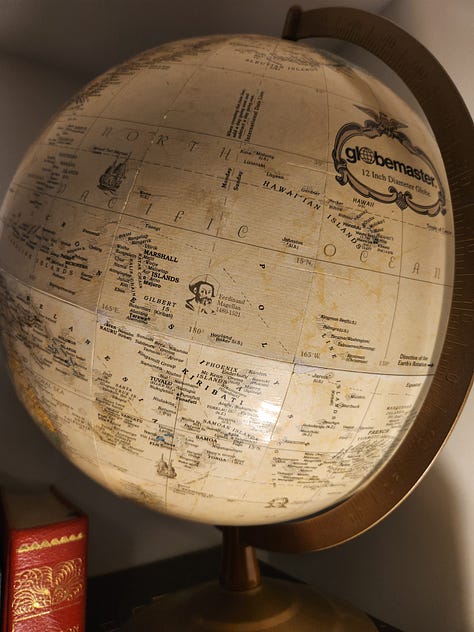
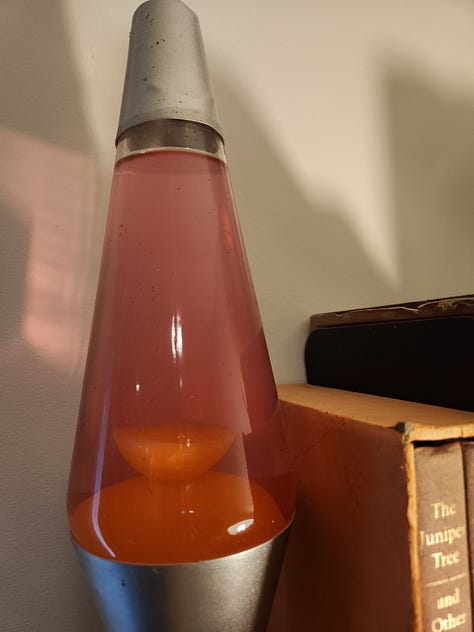
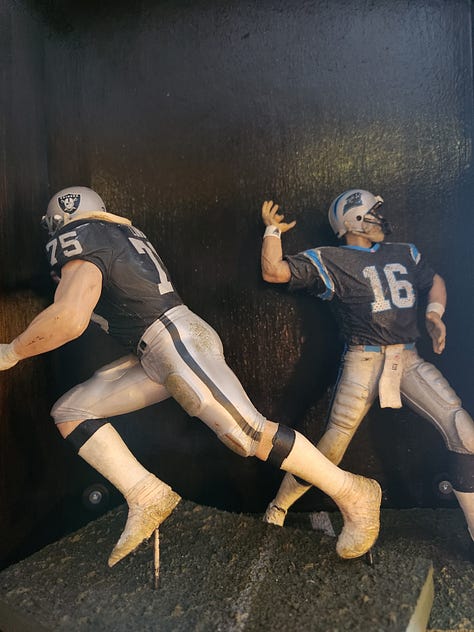
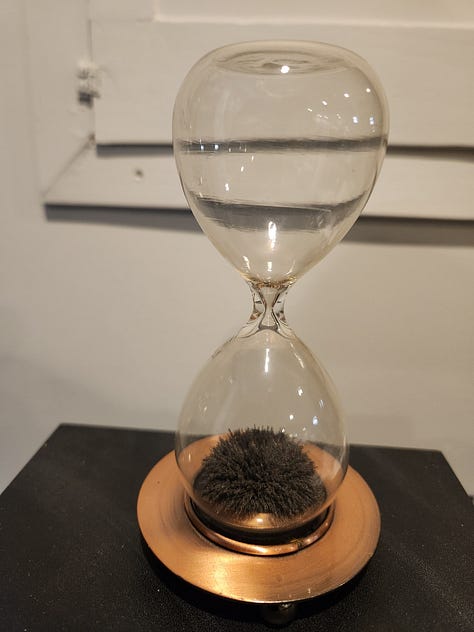

We’ve closed some of these local sales through Facebook Marketplace, but this method lacks a browsing experience. Without the ability for customers to inspect items at their own pace, many potential sales are lost. A physical storefront could change that—encouraging both spontaneous purchases and repeat visits.
We hope to open a location in Duncan this year to begin this discovery process, to connect with people and try to meet mutual needs, as we learn how to run a shop.
What We’ve Learned
Our efforts have revealed some interesting insights:
Small, lightweight items (e.g., vintage watches, collectable toys, costume jewelry and sunglasses) sell well online because shipping costs are low.
Goods that are big and heavy or need inspection (e.g., furniture, large appliances, bicycles) move faster when listed in local markets for pickup.
Bulk purchases (e.g., liquidation, auctions, storage lockers) take up significant space and carry the risk of devaluing as they’re sold off.
Niche collectibles (e.g., rare books, limited-edition merchandise) can fetch high prices, but often take longer to sell while you find the right buyer. And the item can become worthless as you look for them!
Some items don’t sell as well as expected:
Sentimental goods (e.g., family heirlooms, handmade crafts) often hold more value to the original owner than to a buyer.
Outdated tech (e.g., old printers, obscure cables, entertainment devices) may still have utility but only to a small, niche audience.
Basic or common items (e.g., bicycles, furniture, soap, candles) are often mass-produced as cheaply as possible, making it difficult to compete.
Sales Methods We Haven’t Tried (Yet)
Happy with the success we have had, we still have lots of opportunities to explore:
Subscription-based sales – Curated monthly mystery boxes or recurring product shipments could help us to have a steady revenue stream.
Pop-up shops & flea markets – Selling directly at events or community markets may allow better local engagement and impulse purchases.
International selling strategies – Understanding which products have a stronger demand in overseas markets might open up new sales channels.
Challenges & Adaptation
No matter how refined an approach becomes, challenges will emerge and force adjustments to be made:
Sourcing & Inventory Management – Identifying reliable sources for our product offerings while avoiding excess inventory that takes up space.
Cost Control – From listing fees to shipping costs, every expense eats into margins. We must find smart ways to scale that keep costs sustainable.
Trend Tracking – Consumer interest shifts rapidly. What sells today may be worthless tomorrow, requiring continuous research and adaptability.
The world shifts constantly, only by conscious experimentation can we learn what is viable. Let’s build a business that not only does good but thrives as it does it.







